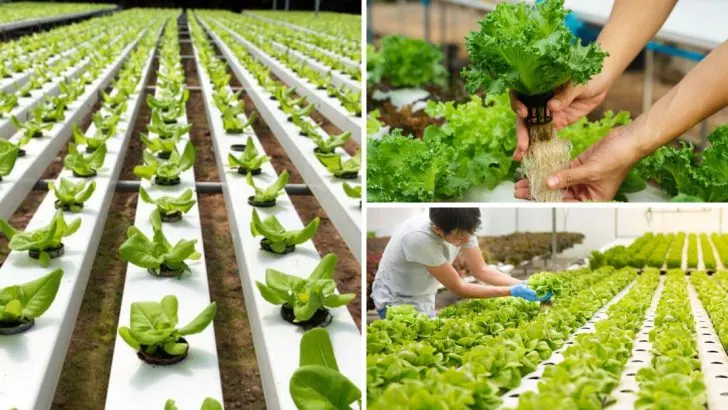Hydroponics is revolutionizing gardening by offering a soil-free method to grow plants efficiently and sustainably. Whether you’re looking to grow fresh herbs, leafy greens, or vibrant flowers, hydroponics can maximize your yields while saving space and water. However, diving into this innovative gardening style can feel daunting without the right guidance.
This guide shares 10 essential tips to help beginners navigate the world of hydroponics successfully. From choosing the right system to balancing nutrients and lighting, these tips will equip you with the knowledge to start strong and watch your plants thrive in no time. Let’s get growing!
Choose the Right System
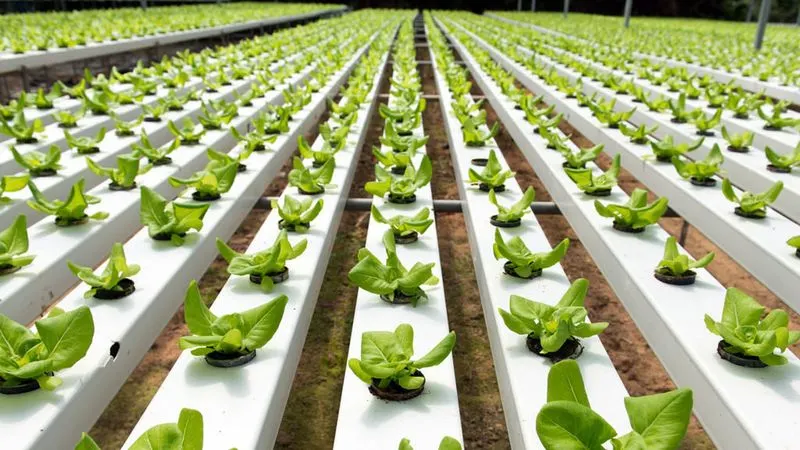
Picking the correct hydroponic system is your first step towards success. Consider your space and budget carefully. Nutrient Film Technique (NFT) and Deep Water Culture (DWC) are popular choices for beginners due to their simplicity and efficiency. Ensure the system suits the plants you wish to grow.
Remember, a compact kit might be perfect for small spaces like apartments. With countless options available, evaluating your needs will make the decision process smoother. Starting with a system that aligns with your goals can save time and resources in the long run.
Understand Plant Needs
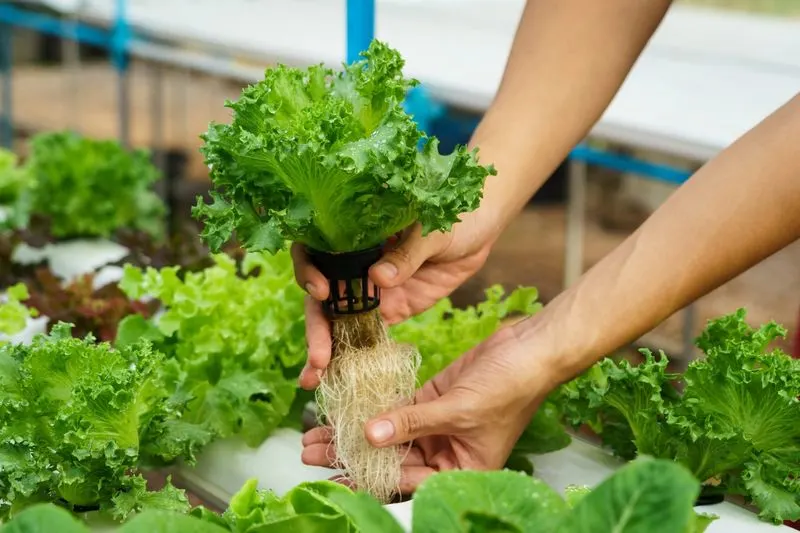
In hydroponics, understanding what your plants require is key. Each plant species has unique needs in terms of nutrients, pH levels, and light. Regularly monitor these factors to maintain optimal growth conditions. For instance, leafy greens may require different nutrient ratios compared to flowering plants. Keep a schedule to check and adjust nutrient solutions as needed.
This proactive approach helps prevent deficiencies or toxicities that could hinder plant development. Over time, you’ll gain a deeper insight into your plants’ preferences, enhancing your ability to nurture them effectively.
Proper Lighting is Essential
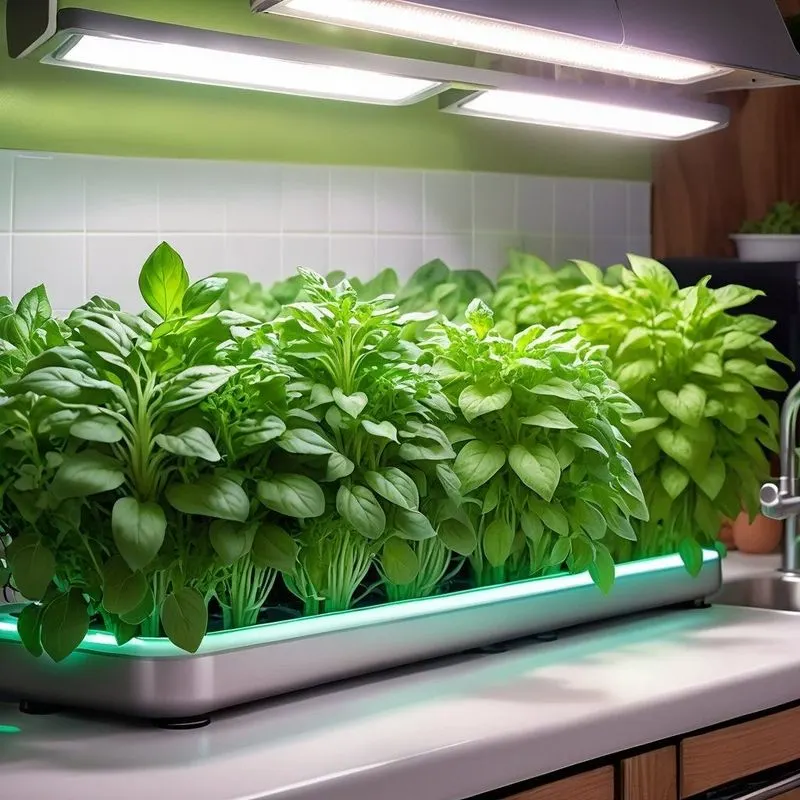
Lighting plays a crucial role in hydroponics success. The absence of natural sunlight means artificial lights like LEDs must be used to mimic the sun’s rays. Select lights based on the growth stage of your plants, as seedlings and mature plants require different light intensities. Positioning the lights correctly ensures even growth. Investing in quality lighting can significantly impact plant health and productivity.
By tailoring light schedules and intensities, you can stimulate faster growth cycles. Efficient lighting setups help maximize space and energy use, contributing to a thriving garden.
Maintain Water Quality
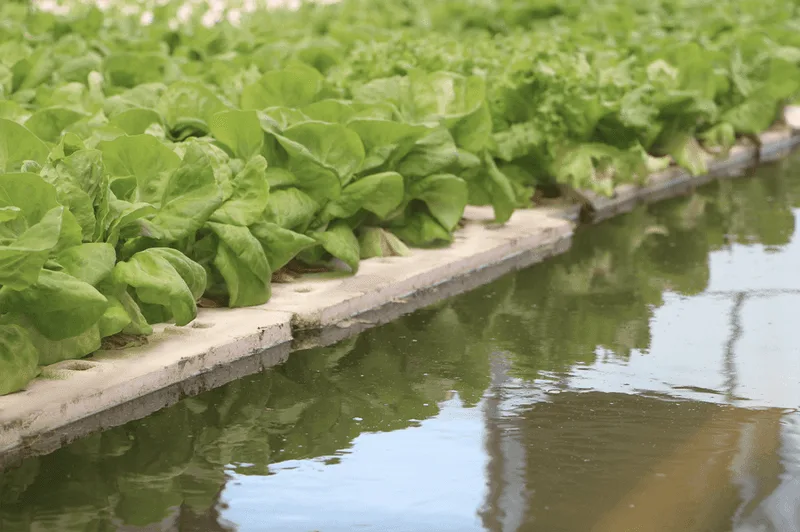
Water quality is pivotal in hydroponic systems, affecting nutrient absorption. Use filtered or distilled water to prevent harmful mineral buildup. Regularly check the water temperature and oxygen levels, adjusting as necessary. Maintaining a stable environment protects plants from stress. Implementing a simple filtration system can enhance water quality.
Recognizing changes in water quality through visual inspections and testing allows for timely interventions. Consistent monitoring helps maintain the delicate balance needed for healthy plant growth, ensuring your hydroponic garden remains productive.
Ensure Adequate Ventilation
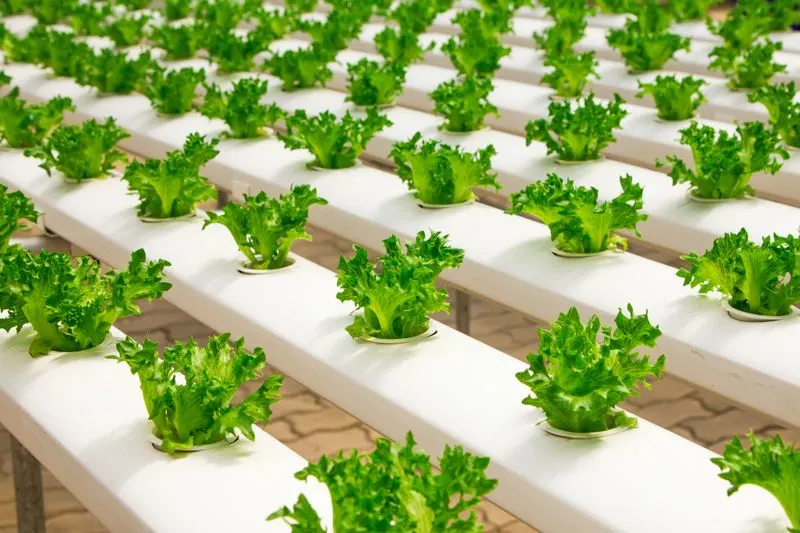
Proper airflow prevents diseases and strengthens plant structures. In enclosed spaces, stagnant air can lead to mold and pest infestations. Installing fans or an exhaust system can enhance air circulation. Consider the specific needs of your plants when designing ventilation.
Enhance your setup with oscillating fans to simulate natural breezes, promoting robust stems. Effective ventilation helps maintain stable temperature and humidity levels. By ensuring consistent airflow, you create a healthier environment for your plants. This attention to detail pays dividends in the form of vigorous, resilient growth.
Select the Right Nutrients
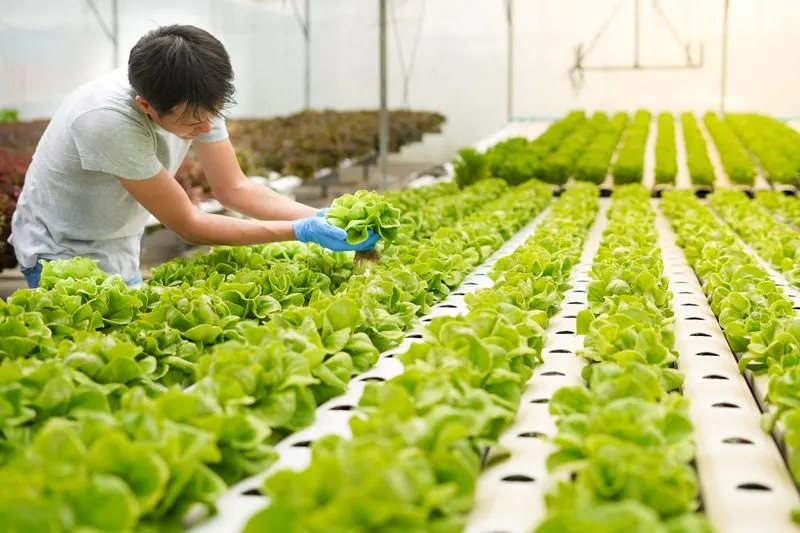
Providing the correct nutrient mix is essential for thriving plants. Hydroponic nutrients are available in various formulations tailored to different plant types. Start with a balanced nutrient solution suitable for a wide range of plants.
As you gain experience, experiment with custom nutrient blends to optimize growth. Monitor plant response to different nutrients, making adjustments based on visual cues like leaf color and growth rate. Investing in high-quality nutrients pays off in healthier plants. With time, you’ll master the art of nutrient management, leading to abundant harvests.
Regularly Inspect for Pests

Vigilance against pests is vital in a hydroponic environment. Without soil, traditional pest habitats are reduced, but issues can still arise. Regularly inspect your plants for signs of infestations. Use natural pest control methods, such as introducing beneficial insects or using organic sprays. Early detection and intervention are key to managing pests effectively.
By maintaining a clean and well-organized setup, you minimize pest risks. Consistent monitoring ensures you catch problems before they escalate. This methodological approach keeps your hydroponic system healthier, protecting your investment.
Monitor Growth and Health
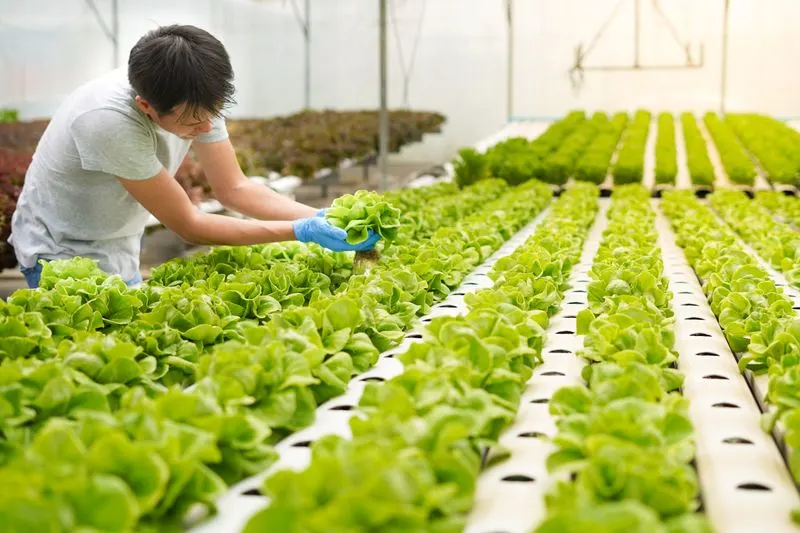
Tracking plant growth provides insights into their health and the effectiveness of your setup. Maintain a journal to record observations and changes over time. Measuring growth rates and comparing them to expected norms helps identify potential issues early. Regularly examining plant health allows for timely interventions, such as nutrient adjustments or environmental tweaks.
Over time, this practice improves your understanding of plant requirements. By documenting successes and setbacks, you refine your approach, leading to more efficient and productive hydroponic gardening. Consistent observation is the cornerstone of a prosperous garden.
Stay Informed and Adaptable
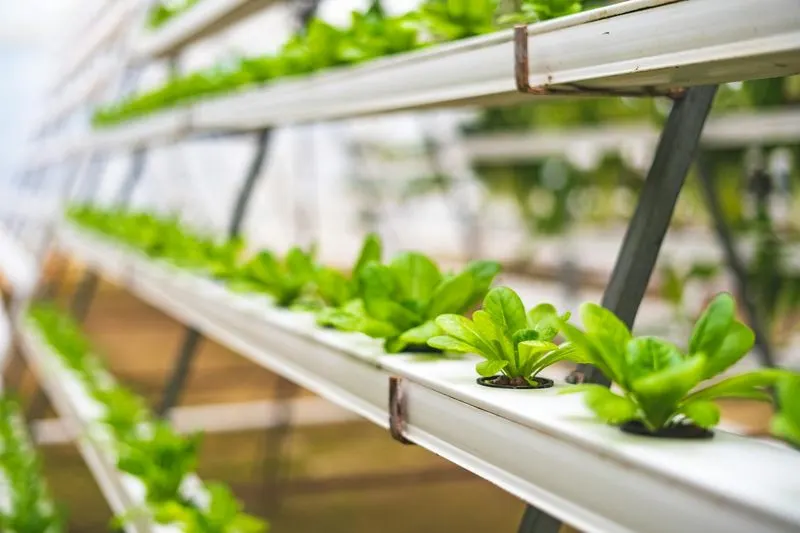
The hydroponic field is dynamic, with ongoing innovations and techniques. Stay informed by engaging with online forums, reading articles, and attending workshops. Sharing experiences with fellow enthusiasts can provide valuable insights and fresh ideas.
Being adaptable to new methods and technologies enhances your gardening practice. Embrace changes that improve efficiency or plant health. Continuous learning and adaptation are vital for long-term success. By staying connected with the community, you keep your skills sharp and your garden thriving. This commitment to growth reflects in the bountiful results of your hydroponic efforts.
Plan for Failures and Learn
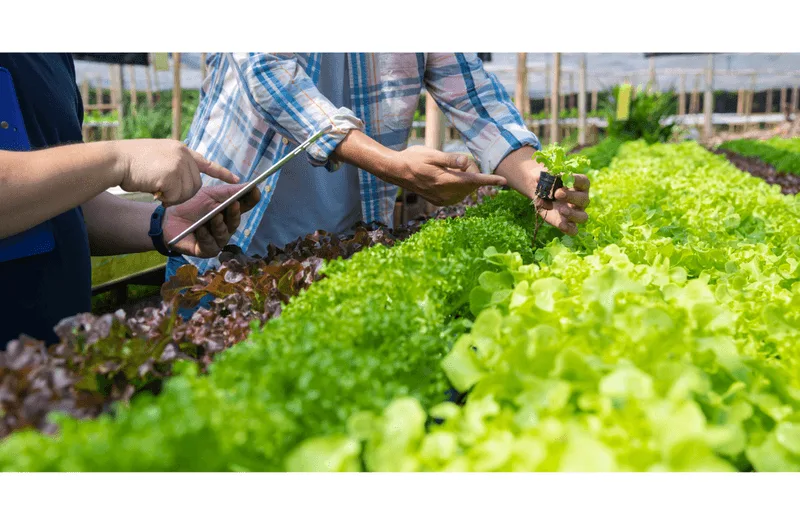
Not every attempt will be successful, but each failure is an opportunity to learn. Analyze what went wrong and adjust your approach accordingly. Documenting mishaps and troubleshooting can lead to valuable discoveries. Experiment with different strategies and be patient.
As you refine your methods, failures become less frequent and more manageable. Emphasize learning from each setback, using failures as stepping stones to success. This mindset fosters resilience and innovation, ultimately leading to a more robust and efficient hydroponic system. Growth comes from embracing challenges and learning continuously.

